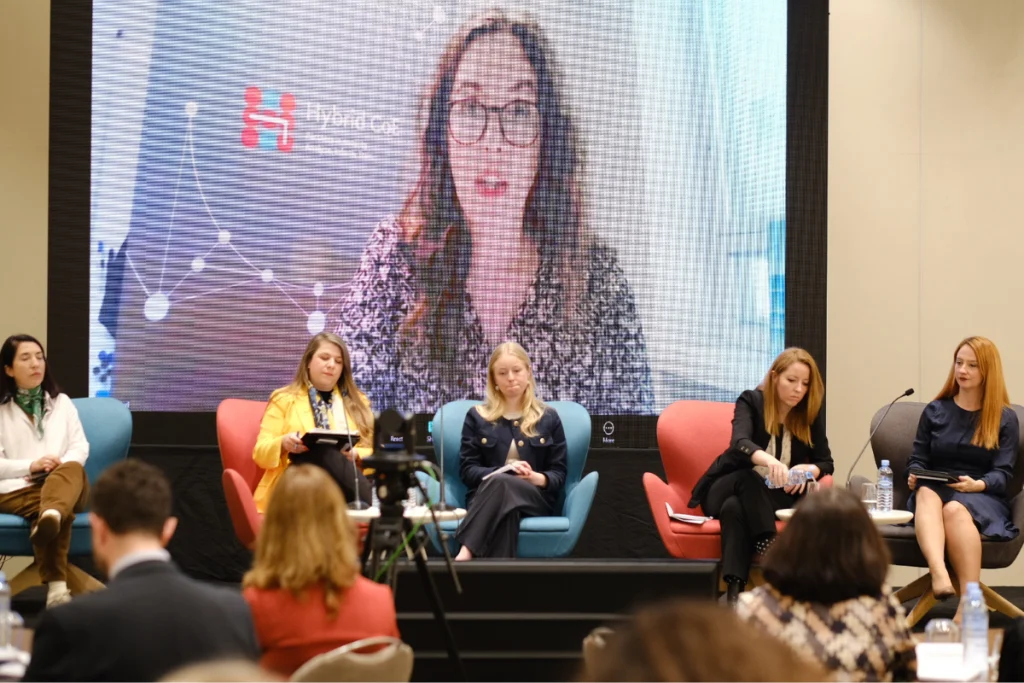A Common Approach and Strategic Communications: Crucial Pillars in Combating the Disinformation Pandemic
In today’s interconnected world, the rapid spread of disinformation poses a significant threat to democratic processes, public health, and societal harmony. This "infodemic," as it’s often called, thrives on the speed and reach of digital platforms, making it challenging to discern truth from falsehood. Combating this pervasive issue requires a multi-pronged approach, but two elements stand out as particularly crucial: establishing a common understanding of the problem and implementing effective strategic communications to counter false narratives.
A shared understanding of what constitutes disinformation is paramount. While differing opinions and robust debate are cornerstones of a healthy society, disinformation deliberately seeks to deceive and manipulate, often with malicious intent. It’s distinct from misinformation, which is unintentionally false or inaccurate information. Disinformation campaigns are frequently orchestrated and amplified through sophisticated means, including bot networks, fake accounts, and coordinated online harassment. Reaching a consensus on this definition allows for a unified front against the deliberate spread of falsehoods, facilitating collaboration between governments, tech platforms, media organizations, and civil society. This shared understanding also empowers individuals to critically evaluate the information they consume and contribute to a more informed public discourse.
Strategic communications are essential in effectively countering disinformation. Simply fact-checking false claims is often insufficient, as corrections can be slow to disseminate and may not reach the intended audience. Moreover, repeating the false claim, even in the context of debunking it, can inadvertently reinforce its memorability. Therefore, a more proactive approach is necessary. This involves preemptively addressing potential disinformation narratives, building resilience against manipulation tactics, and promoting media literacy among the public. Strategic communications should focus on narratives that resonate with target audiences, utilizing credible messengers and leveraging trusted communication channels.
Building public resilience to disinformation requires fostering critical thinking skills and media literacy. Individuals need to be equipped with the tools to evaluate the information they encounter, identifying potential biases, logical fallacies, and manipulative tactics. This involves understanding the motivations behind disinformation, recognizing the hallmarks of manipulated media, and being able to distinguish credible sources from unreliable ones. Educational programs in schools, community centers, and online platforms can play a significant role in empowering citizens to become savvy consumers of information.
Collaboration between different stakeholders is key to effectively combating disinformation. Tech platforms play a significant role in the dissemination of information, and they bear a responsibility to address the misuse of their platforms for malicious purposes. This includes implementing policies to identify and remove fake accounts, disrupt bot networks, and limit the spread of harmful content. However, censorship should be approached cautiously to avoid stifling legitimate expression. Transparency and accountability are crucial in these efforts.
Governments have a role to play in supporting media literacy initiatives, promoting independent journalism, and holding malicious actors accountable for spreading disinformation. However, it’s crucial that government involvement doesn’t infringe on freedom of expression or lead to censorship. International cooperation is also essential, as disinformation campaigns often transcend national borders. Sharing best practices, coordinating responses, and working together to address the root causes of disinformation are crucial for a global response. The fight against disinformation is a complex and evolving challenge, requiring continuous adaptation and collaboration. By fostering a common understanding of the problem and implementing effective strategic communications strategies, we can build a more resilient information ecosystem and safeguard the integrity of democratic processes. Empowering individuals with the tools of critical thinking and media literacy is essential for navigating the complexities of the digital age and ensuring that truth prevails over falsehood.


